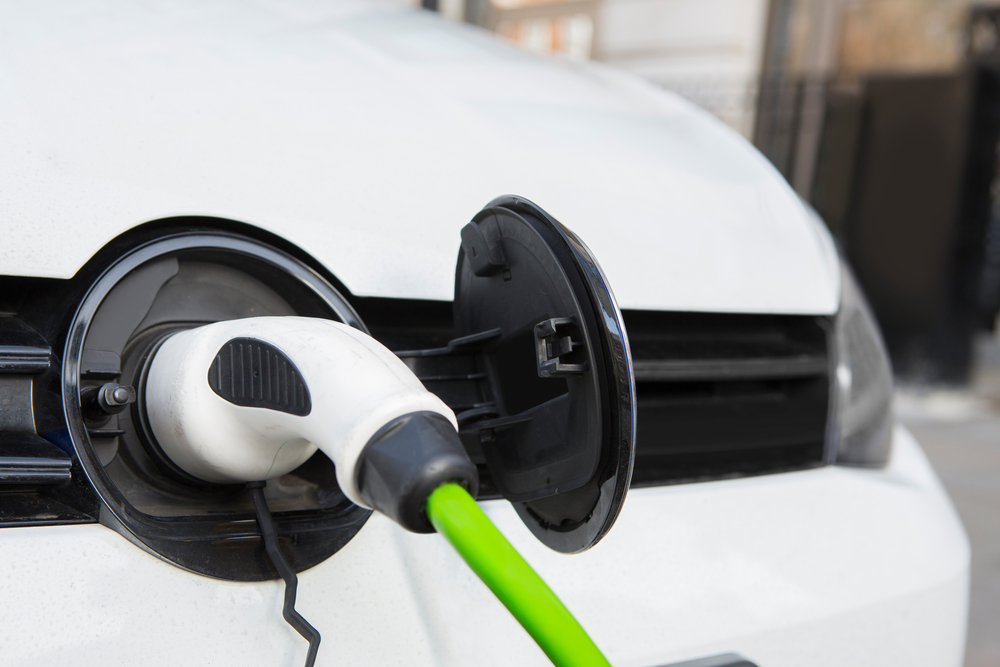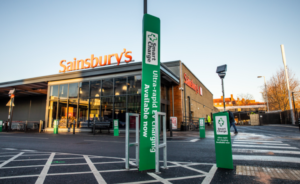Charging infrastructure needed to boost EV take-up
Take-up of electric vehicles could be hampered unless improvements are made to publicly accessible charging infrastructure, the RAC Foundation has warned.
The organisation has produced a report to look at how powers that the government is seeking in its Automated and Electric Vehicle Bill could be used to best effect to promote electric vehicle usage.

Investment in public charging points will be needed to boost take-up in electric vehicles, a report has claimed
Author of the report, Harold Dermott, claims that without “widespread, reliable and simple-to-use charge points” the practicalities of charging electric cars could limit their mass-market appeal.
According to the report, as of June 2017, there were 4,476 public EV recharging sites with a total of 6,913 devices and 12,849 individual connectors. This compares with about 8,500 petrol stations.
The report highlights the need for improved understanding of the types of charging required by both battery electric vehicles and plug-in hybrid electric vehicles and how this needs to be matched to customer demand.
It states that even though 80% of EV owners have access to home charging, 93% use the public charge point network.
Chargers
Lack of standardisation of connectors and charging protocols has resulted in a bewildering array of types of charge point, connectors and tariffs which is poorly presented to the public, the report claims.
The report recognises that the Automated and Electric Vehicle Bill — promised in this year’s Queen’s Speech — could provide the opportunity to address some of the problems through proposals such as requiring charge point operators to cooperate on shared methods of payment or time limits within which operators must fix faulty recharging equipment and fines for non-compliance.
It adds that government must ensure that for each rapid charge point installed at a motorway service area, three slow ones are also installed for use by plug-in hybrids which cannot recharge at a rate faster than 3.6kw
Commenting on the report, Steve Gooding, director of the RAC Foundation, said: “Almost every day companies are announcing their latest foray into the electric car market but the charging network threatens to be the weak link.
“Although four out of five electric vehicle owners are able to charge at home, a robust public charging network is critical for enticing people to go electric make the leap to ‘pure’ electric.
“We may be on the cusp of a motoring revolution, but step-changes in vehicle technology must be matched by equally big strides in our recharging infrastructure. The Automated and Electric Vehicles Bill offers the opportunity to make sure that happens.”
Figures published by the SMMT this week suggest that take-up in alternatives to petrol and diesel cars is increasing. Government has set a 2040 deadline to end the sale of petrol and diesel only vehicles in the UK.
Related Links
Report: Ultra Low Emission Vehicle Infrastructure – What Can Be Done?
















